Back in 2015, United Nations member states adopted the Sustainable Development Goals (SDGs), 17 goals to transform the world by 2030, including ending extreme poverty and ensuring that none of the planet’s 8 billion people go hungry. But those promises are increasingly elusive.
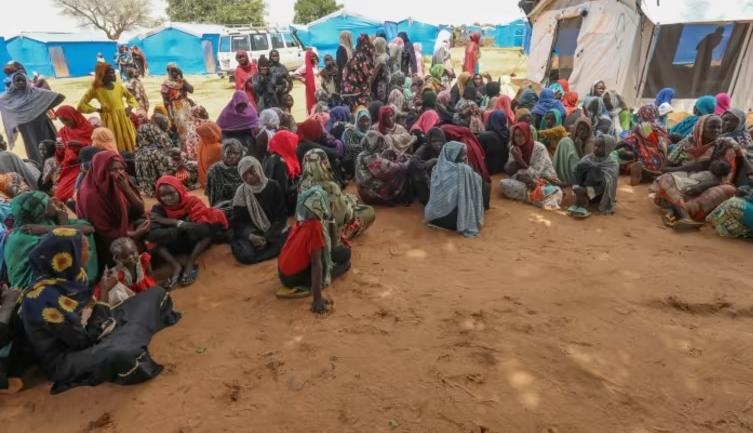
The UN's sustainable development goals have been hit by COVID, the climate crisis and war. Photo: AFP
Sustainable development goals achieved only 15%
And within the framework of the High-level General Debate of the 78th Session of the United Nations General Assembly (September 19-25), there will be a separate SDG Summit to discuss the United Nations' development goals.
Specifically, UN Secretary-General Antonio Guterres said the Summit would seek a "global rescue plan" for the goals, as he acknowledged that only about 15% had been achieved and that data on some goals was going backwards.
The goals are “about the hopes, dreams, rights and aspirations of people and the health of our natural environment… They are about righting historical wrongs, healing global divisions and setting our world on the path towards lasting peace ,” Mr. Guterres said.
Both financial and attention efforts to achieve the ambitious program's goals have stalled in recent years, including due to the COVID-19 pandemic, war in Ukraine, worsening climate disasters and soaring inflation.
The Goals and promises made by UN member states when they adopted the 2030 Agenda to “leave no one behind” are in serious trouble, according to a United Nations report.
Specifically, despite some progress, cracks have emerged over the years across all 17 Goals – promises to tackle everything from poverty and gender equality to access to education and clean energy.
Abby Maxman, president of anti-poverty charity Oxfam America, said the UN General Assembly “is a crucial space to create change”.
“Leaders must take responsibility, heed the calls of those on the front lines, and use this time to listen, make meaningful commitments, and pursue real action,” she said.
Maxman added that a strong step would be for rich nations to support reform of international economic institutions to address the terrible debts affecting developing parts of the world.
Healing the rift for sustainable development
Earlier this month, the G20 Summit in New Delhi took the first steps to address the debt issues, with the International Monetary Fund and the World Bank joining in.
The United States, which has spent $43 billion in military aid on Ukraine during its conflict with Russia, is keen to show that it is also interested in sustainable development.
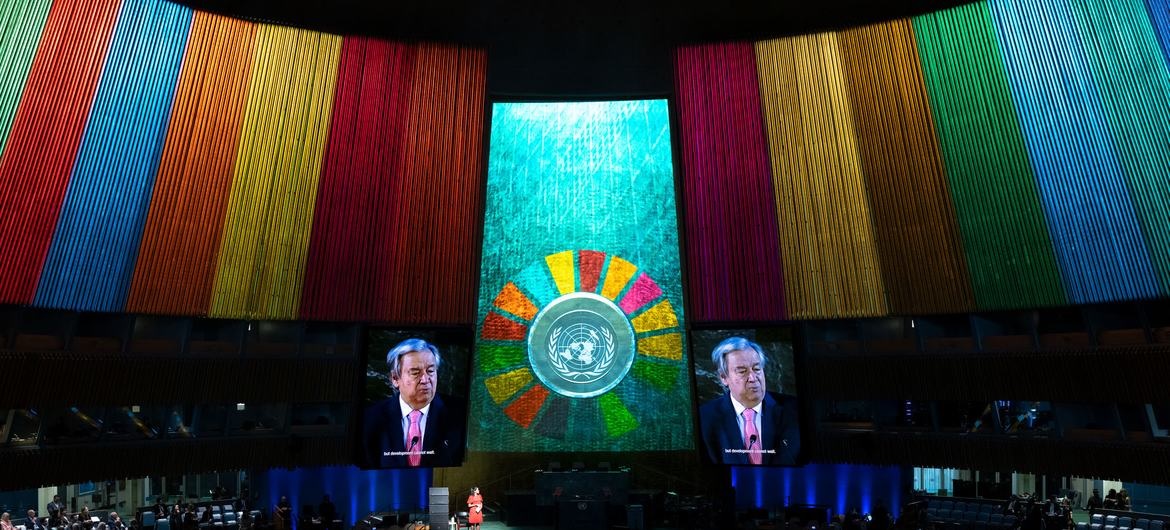
A panoramic view of the opening ceremony of the SDG Action Week. Secretary-General António Guterres is shown on screen as he speaks. Photo: UN
“The world’s most vulnerable people are reaching out to us, like the young woman I met recently in Chad, who fled unimaginable violence in Sudan and left her family and education behind,” said US Ambassador to the United Nations Linda Thomas-Greenfield.
However, a senior European diplomat warned of a growing gap between developing and developed countries, saying one goal of the SDG Summit was to “ensure that that rift does not grow any further”.
Dennis Francis, President of the 78th session of the General Assembly, said the mission of the international community “today, in the coming week – and in the next seven years – is to re-mobilize to harness the collective strength and cooperation of all governments and stakeholders”.
“The word of the day is ‘Mobilize’… It is time to roll up our sleeves and turn our aspirations and promises into reality for the benefit of all,” he said in his opening remarks for the SDG Action Week.
He called on all stakeholders to focus their energies on targets where progress is lagging, on severely vulnerable countries, and on the roots of inequalities that persist to this day.
Hai Anh
Source







![[Photo] Prime Minister concludes trip to attend G20 Summit in South Africa](/_next/image?url=https%3A%2F%2Fvphoto.vietnam.vn%2Fthumb%2F1200x675%2Fvietnam%2Fresource%2FIMAGE%2F2025%2F11%2F24%2F1763944494358_vna-potal-thu-tuong-ket-thuc-chuyen-tham-du-hoi-nghi-thuong-dinh-g20-tai-nam-phi-8428321-4810-jpg.webp&w=3840&q=75)
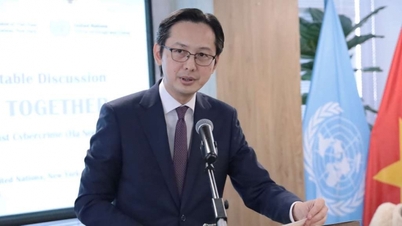


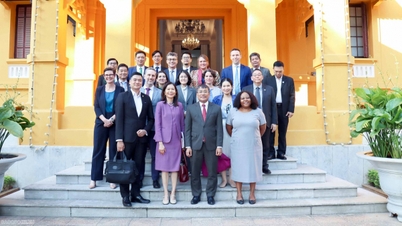
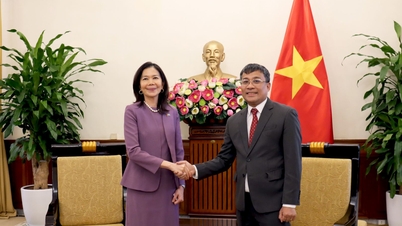

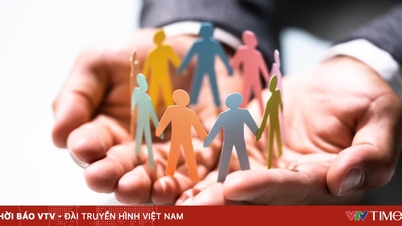

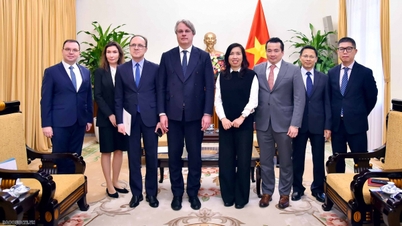
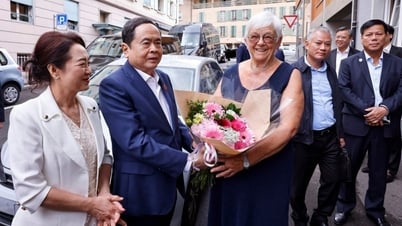


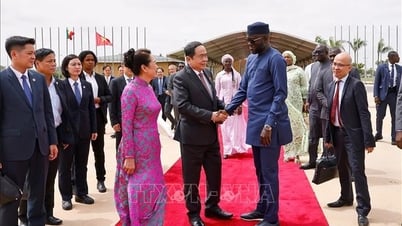









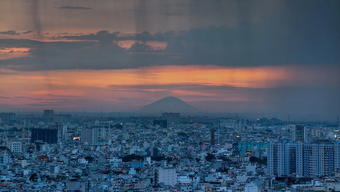
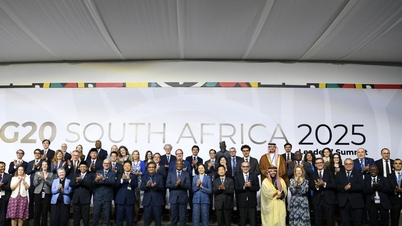
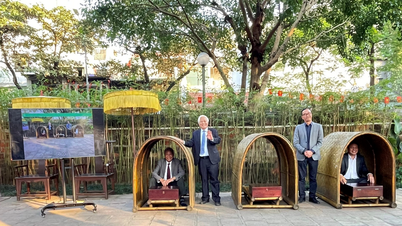
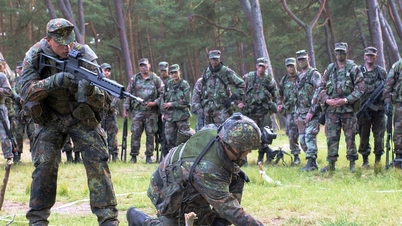
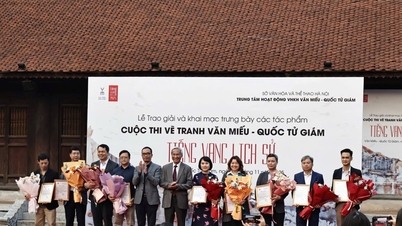
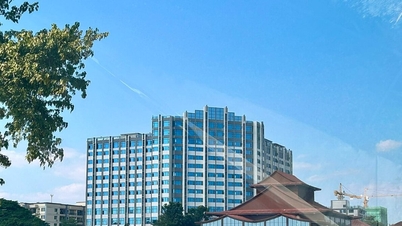
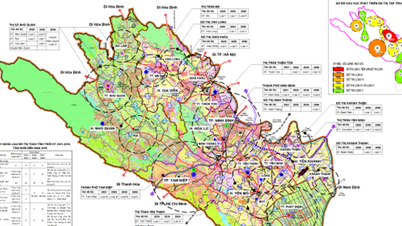


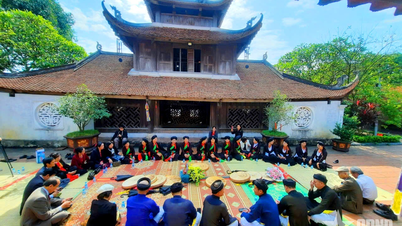

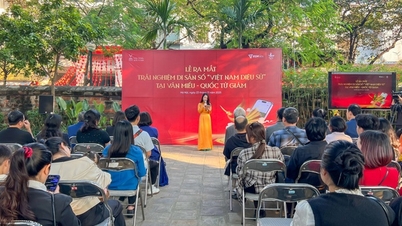







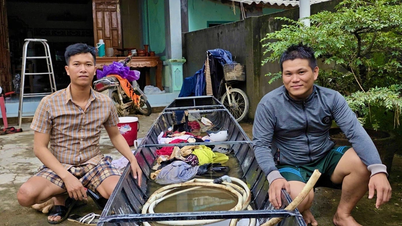



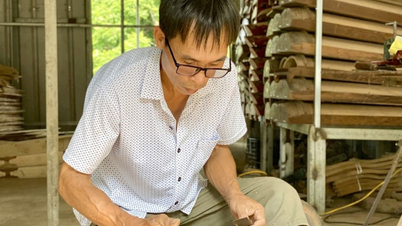



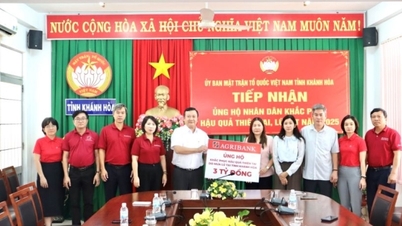

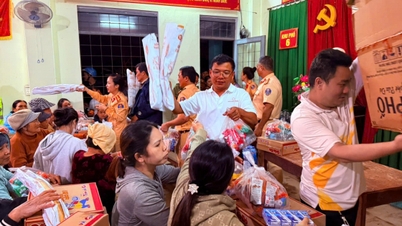

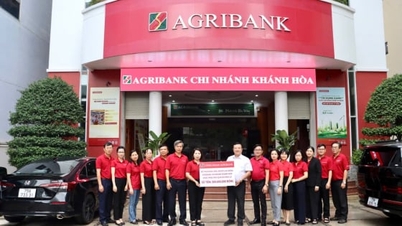


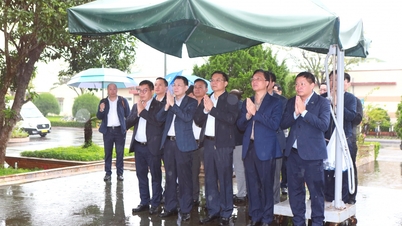
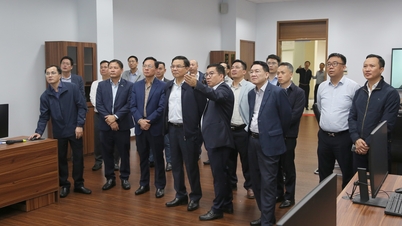






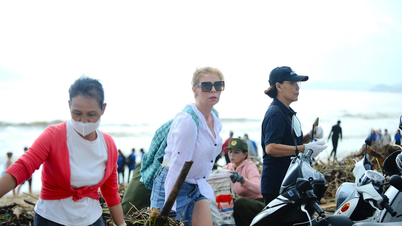



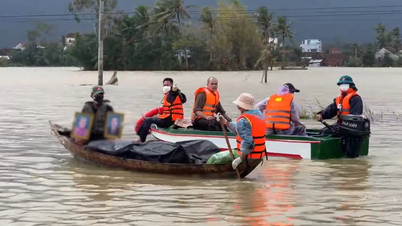
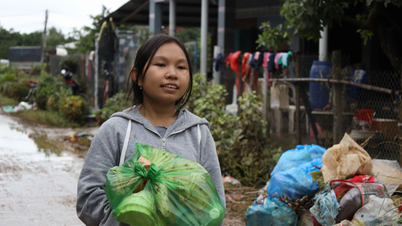


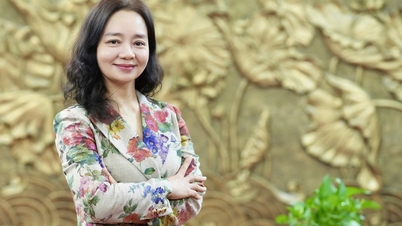


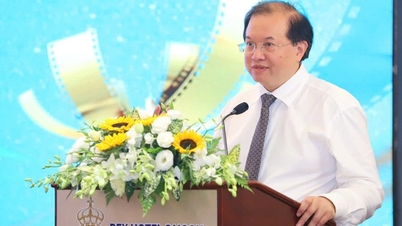
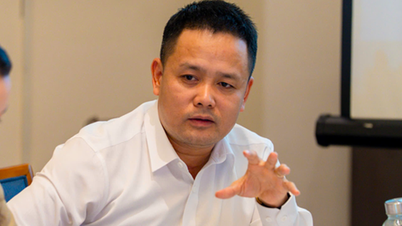
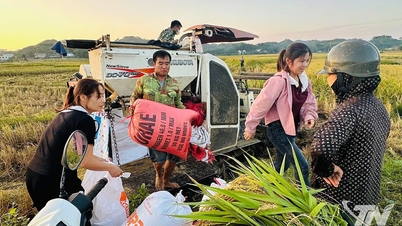

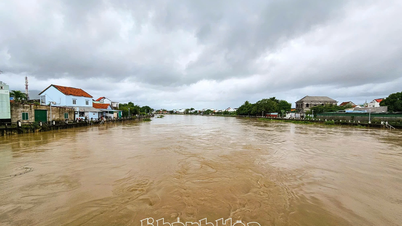

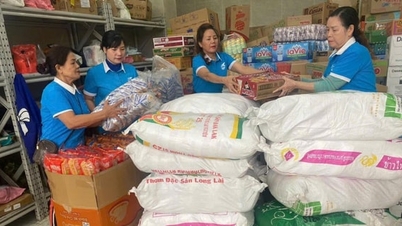

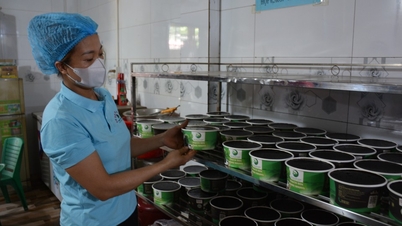

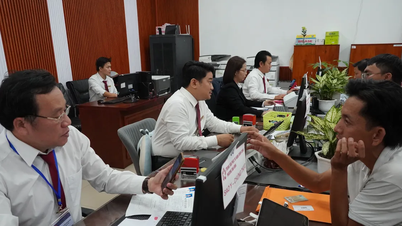

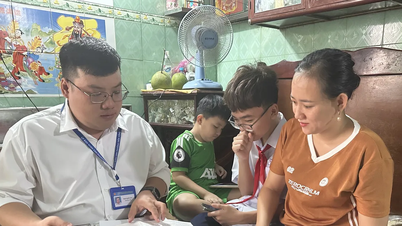
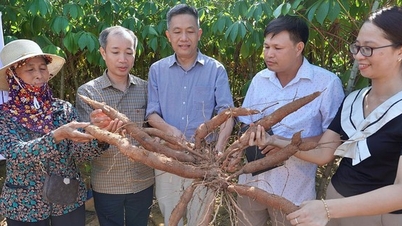


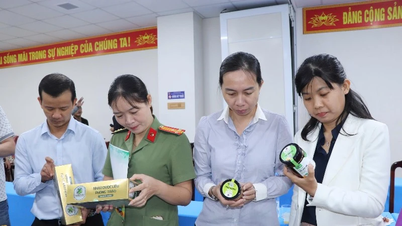



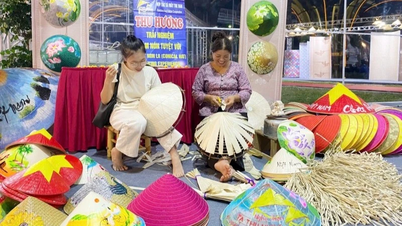





Comment (0)